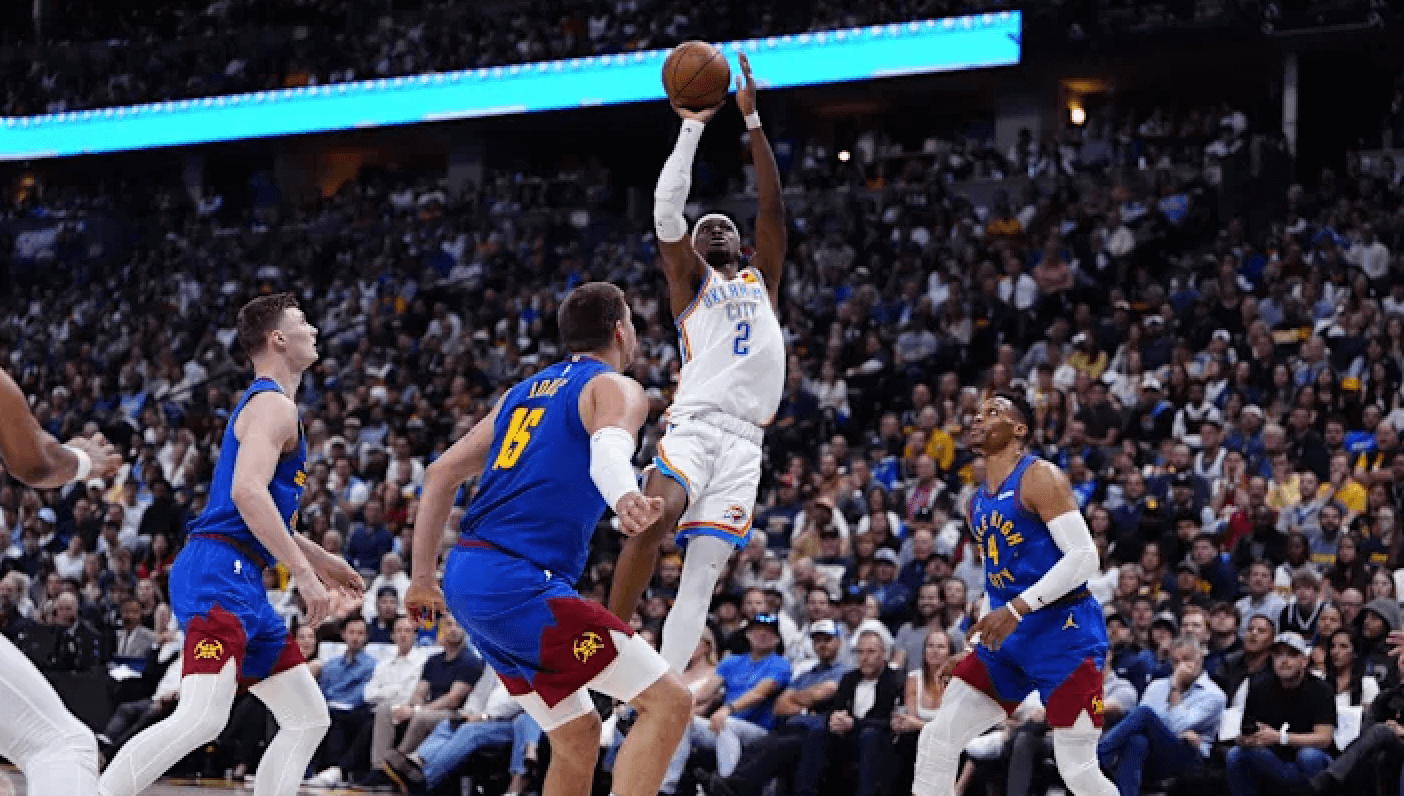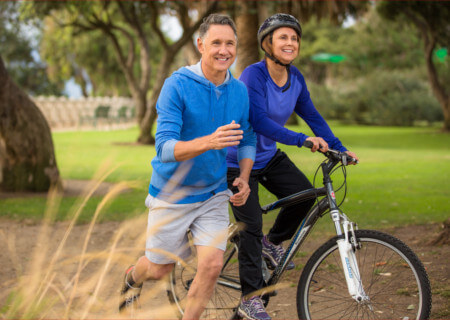With the NBA playoffs in full swing, there is no better time to appreciate the athleticism and precision behind every basket. One of the most iconic moves in the game—the jump shot—is far more than just a flick of the wrist. It is a full-body movement powered by coordination, timing, and strength.
In this post, we will be breaking down all the muscles that activate during the perfect jump shot. Understanding the biomechanics behind a jump shot can help you improve performance, reduce the risk of injury, and train more effectively.
Lower Body: The Power Base
Gluteus Maximus: Your glutes are the primary drivers of hip extension and one of the key contributors to vertical lift. A powerful jump starts with strong glutes.
Quadriceps: These front-thigh muscles (rectus femoris, vastus lateralis, vastus medialis, and vastus intermedius) extend the knees and generate upward propulsion during takeoff.
Hamstrings: Located at the back of your thighs, your hamstrings support hip extension and help control knee motion as you load and land.
Calves (Gastrocnemius and Soleus): Your calves are responsible for plantar flexion—pointing the toes—which adds the final explosive push in your jump and helps cushion your landing.
Hip Adductors and Abductors: These stabilizing muscles ensure proper knee alignment and lateral balance as you jump and land, reducing strain on the joints.
Core: The Stability Bridge
Rectus Abdominis and Obliques: These core muscles stabilize the trunk and help transmit force from your lower body to your upper body. The obliques also aid in subtle torso rotation to align with the basket.
Erector Spinae: Running along your spine, these muscles help keep your torso upright during the jump and stabilize your posture in midair.
Upper Body: The Control Center
Deltoids: Your shoulder muscles (especially the anterior deltoid) lift your arm into the shooting position and control the upward path of the ball.
Rotator Cuff Muscles: The rotator cuff (supraspinatus, infraspinatus, teres minor, and subscapularis) keeps the shoulder joint stable as you bring your arm back and forward during the shot.
Triceps Brachii: This muscle straightens your elbow during the shooting motion and helps deliver the ball with the right amount of force.
Forearm Muscles: Flexors and extensors in your forearm control wrist and finger movement, essential for ball release and spin.
Hand and Finger Muscles: The final touch comes from the intrinsic muscles in your hand, which provide control and finesse at the point of release. These are key for shot accuracy and that perfect follow-through.
Every Jump Shot is a Full-Body Movement
From your toes to your fingertips, every jump shot recruits a chain of muscles working together to create balance, power, and precision. Training each part of that chain can elevate your shooting mechanics, increase consistency, and keep you healthy throughout the season.
If you are experiencing pain during a basketball jump shot, a physical therapist can help determine which part of the shot is impaired. Whether it’s an issue with your shoulder mechanics, core stability, or lower body power, physical therapy can help restore function and prevent future injury. Call us or book online to schedule an evaluation with one of our Physical Therapists and get back to playing basketball today!
Tags: body mechanics, dmvphysicaltherapy, sport conditioning, springfieldva, fallschurchva, fairfaxva, annandaleva, painfreeliving, Physical Therapy, washingtondc, Respire Physical Therapy, health blog, physical therapist, pt education, arlingtonva, basketball jump shot, alexandriava



